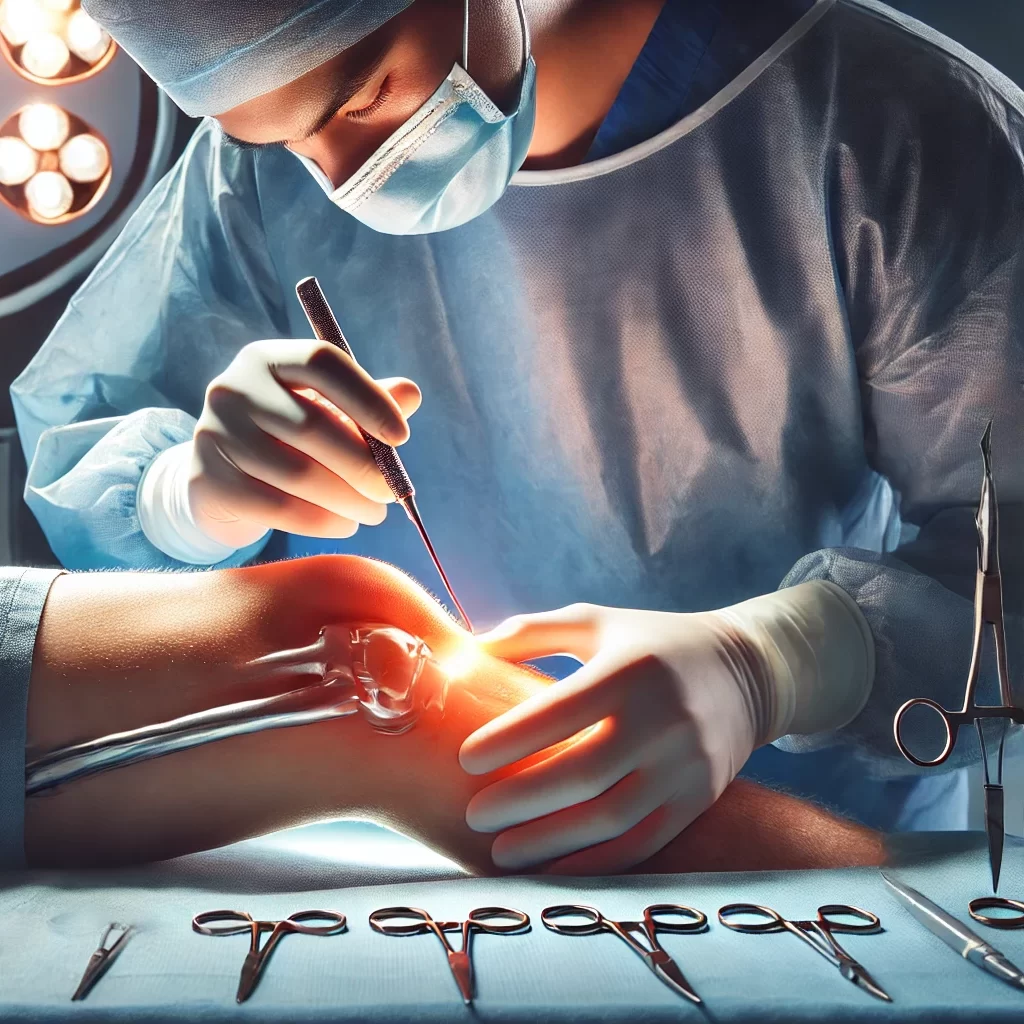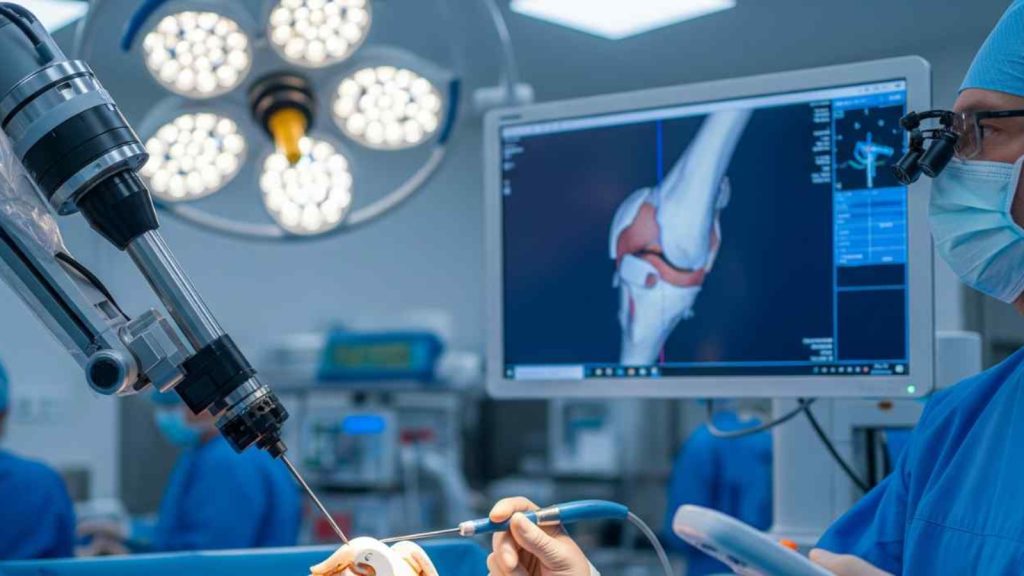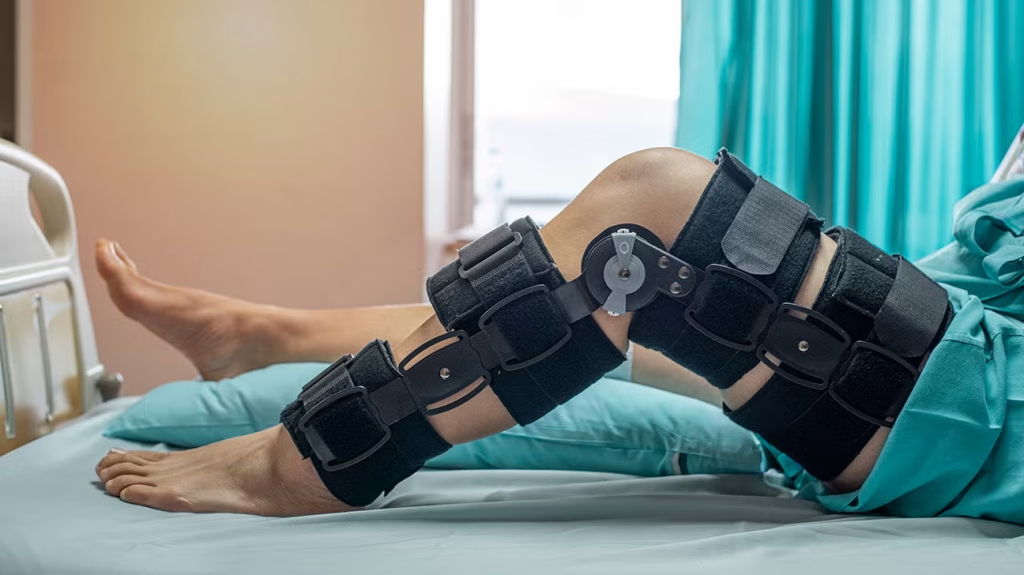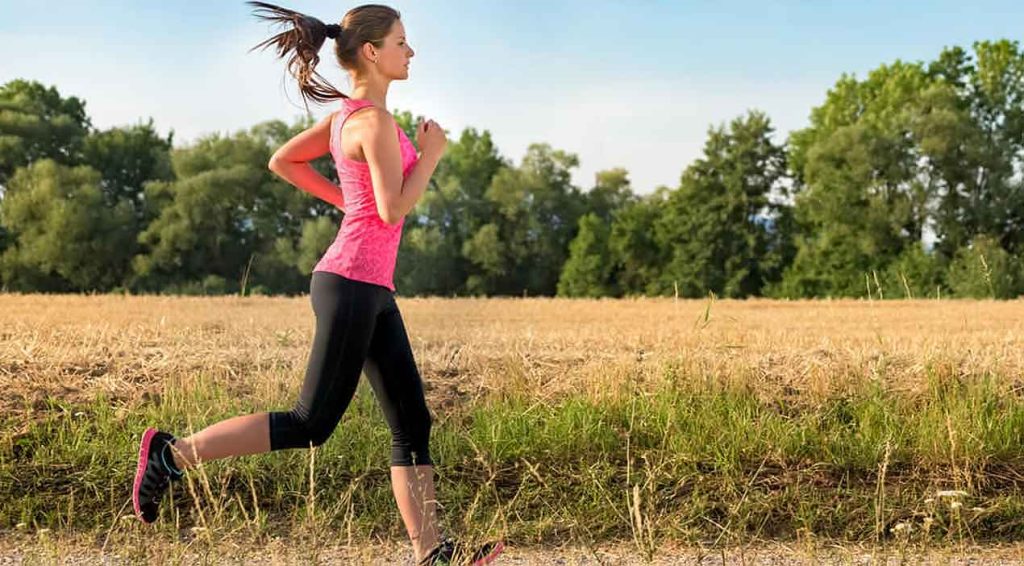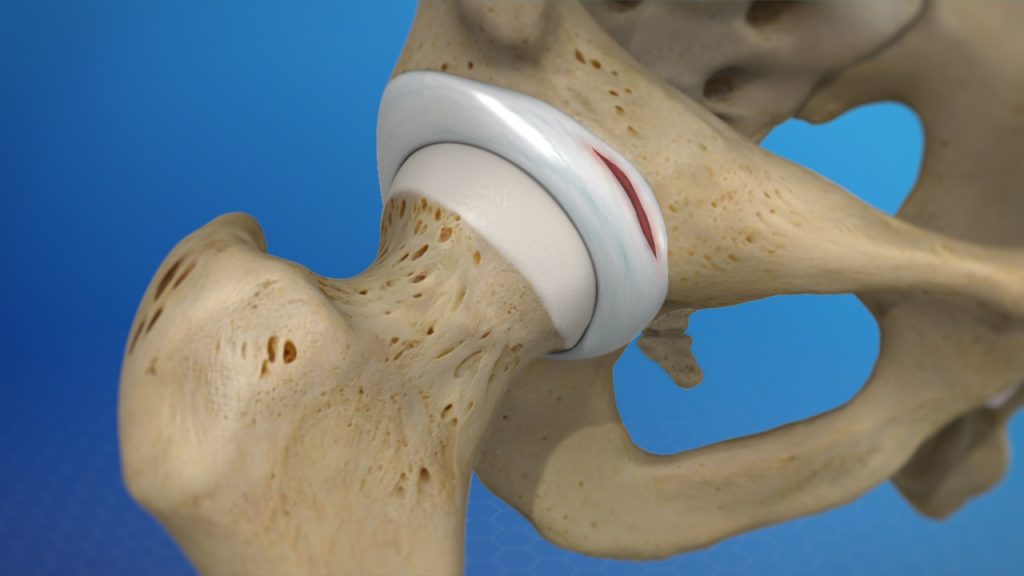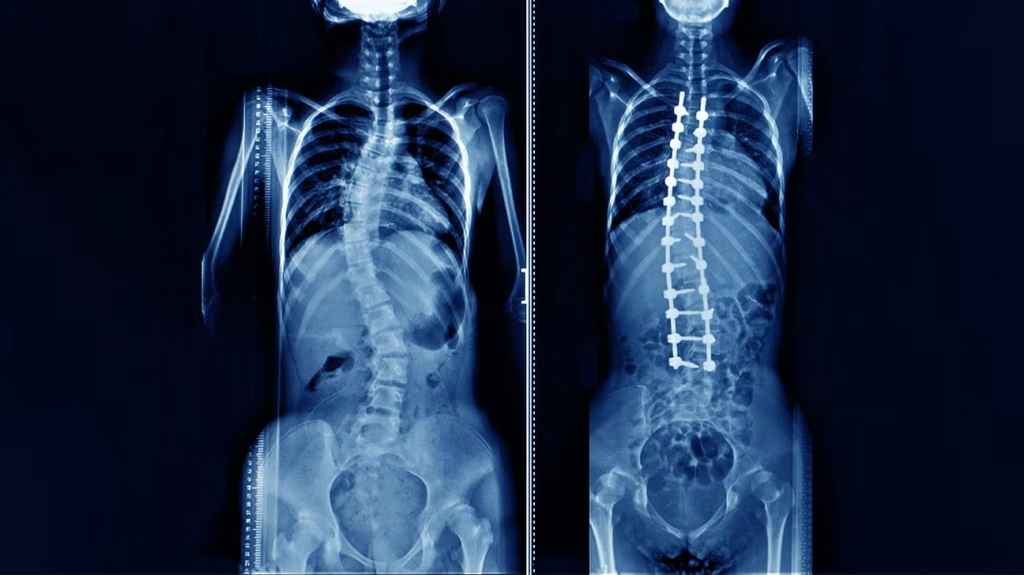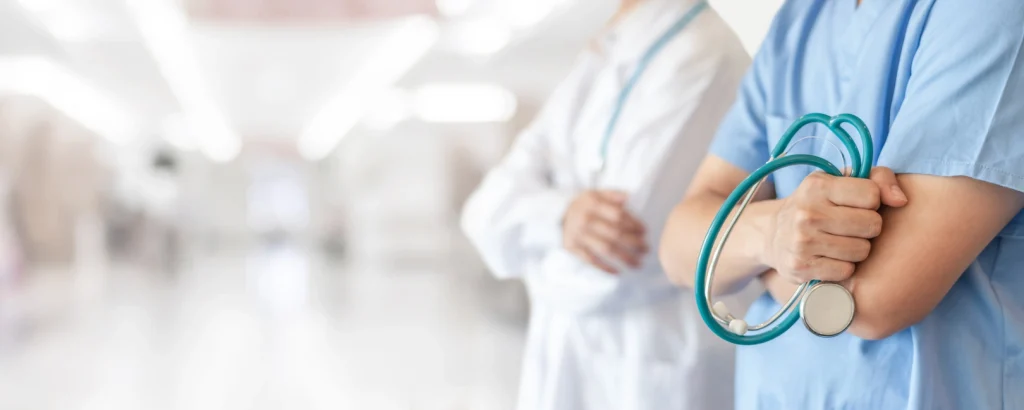Orthhopedic surgeons working on musculoskeletal diseases is an extremely rich specialty with many different sub-branches, diagnosis and treatment methods.
Major areas such as arms, legs, pelvic region, spine and connecting tissues of bones, muscles, vessels, nerves and spinal cord are within the scope of orthopedic surgeons department. Working in coordination with other departments such as Physical Therapy and Rehabilitation, the orthopedic surgeons unit operates in a wide range of fields from hand surgery to prosthetic procedures.
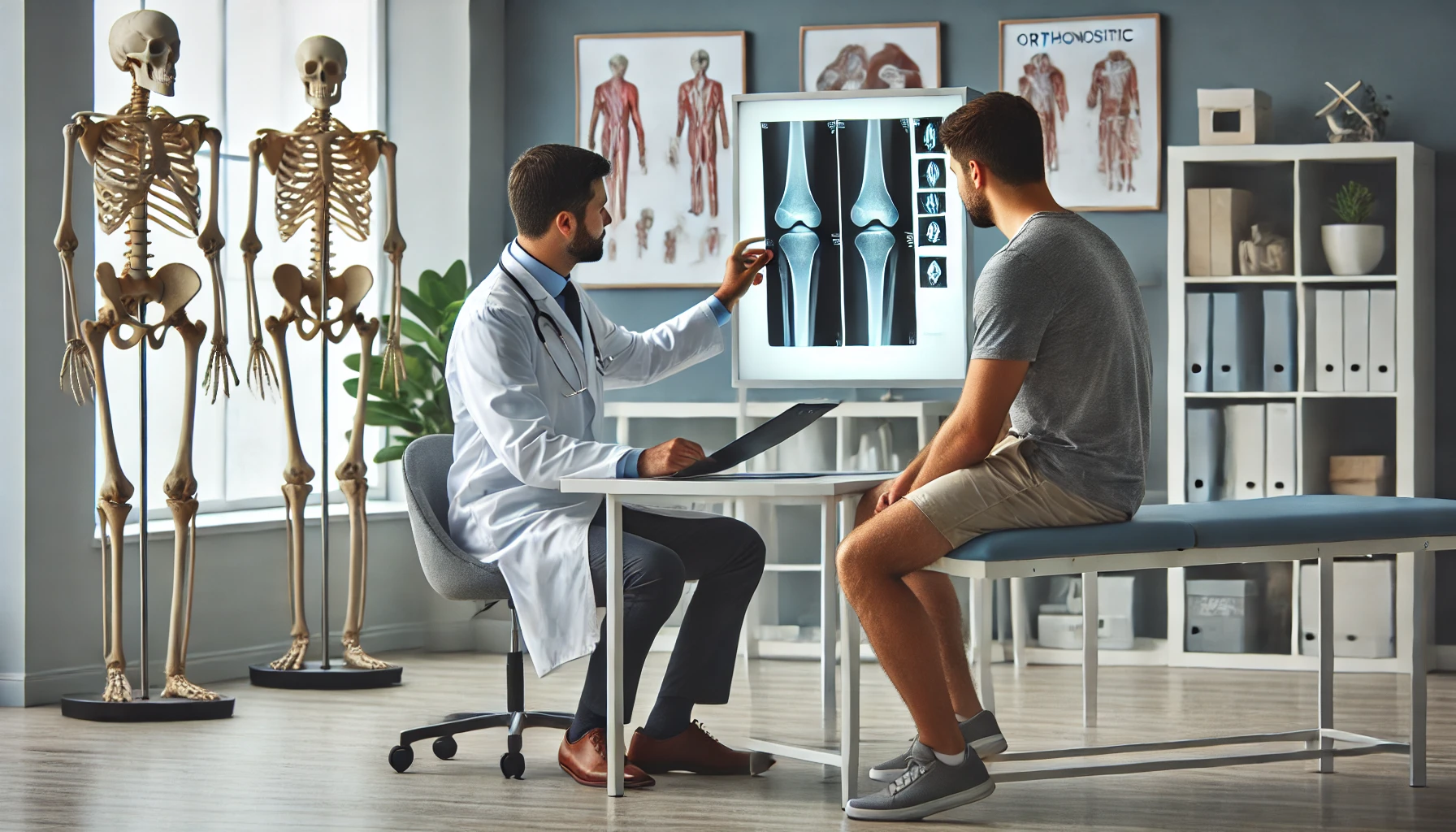
Some of the procedures performed in the orthopedic surgeons unit are as follows:
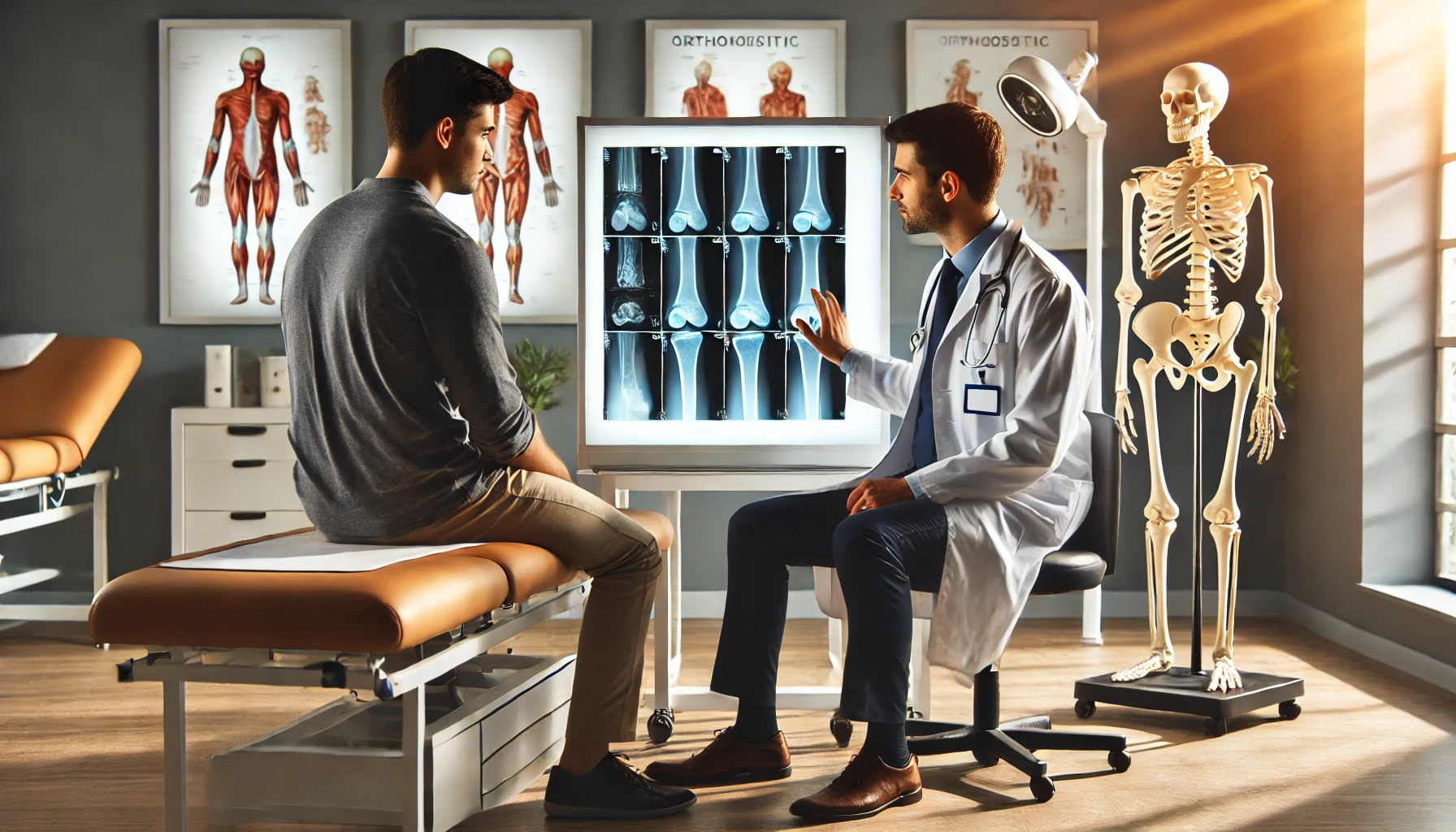
Hand Surgery – Microsurgery: The area from the fingertip to the shoulder area is included in the field of hand surgery. Problems such as bone fractures, tendon-muscle ruptures, nerve compression that occur in the area between the hand and the shoulder area are treated. Hand surgery is a field that needs to be continued patiently as it requires precise movements and coordination.
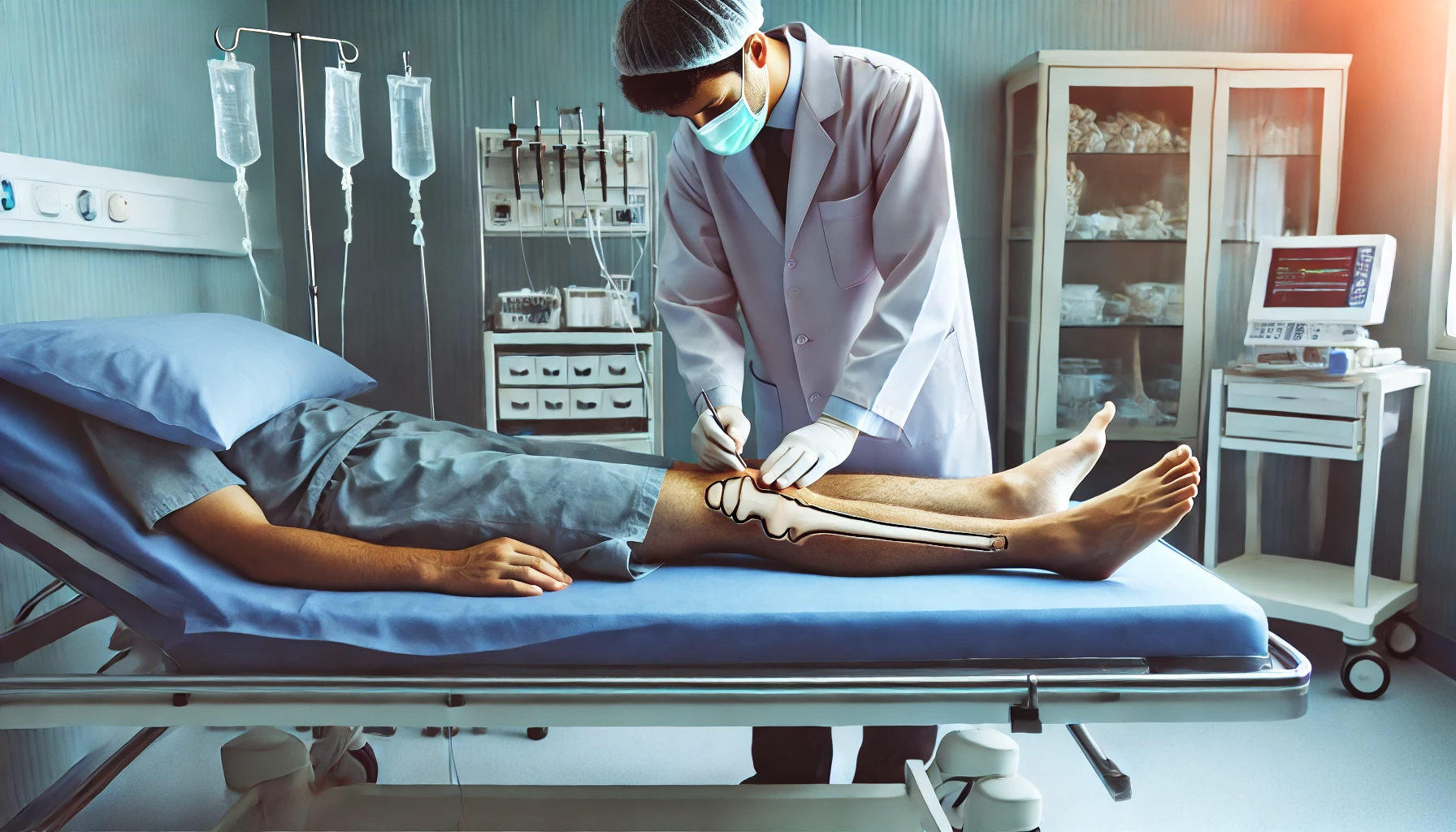
Spinal Surgery (Spine Diseases and Surgery): The most common spinal curvatures and fractures constitute the main treatment areas. Congenital or acquired scoliosis, spondylolisthesis, spinal stenosis, Schuermann kyphosis, spinal injuries, dislocations and spinal infections are diagnosed and treated.
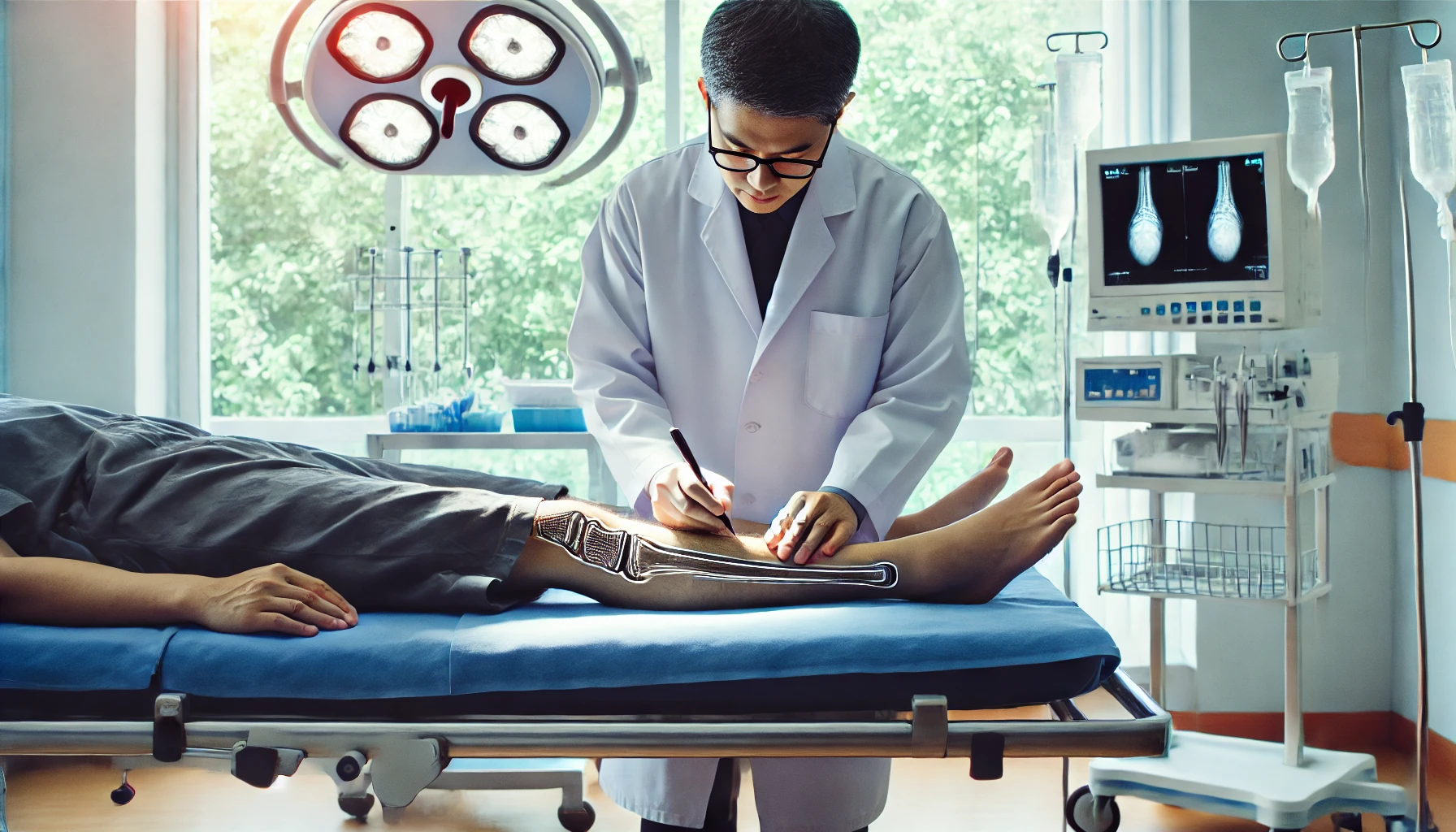
Knee Surgery: The knee, which is exposed to the highest load compared to other joints, is more prone to problems. Especially not warming up before starting sports and overstraining the knees can cause damage to the cartilage tissue in this area, rupture of the ligaments or tearing of the meniscus, which can disrupt knee health.
1
Ankle Surgery: In the region called talus dome, diseases such as tibia distal end anterior impingement, osteochondral damage, FHL tenosynovitis are treated.
2
Shoulder Surgery: Problems such as SLAP lesion (biceps tendon damage), frozen shoulder, impingement (pain caused by bone elongation), shoulder joint dislocation, tennis elbow and radius head dislocation are treated with closed or open surgical operations.
3
Treatment of Leg Inequalities and Lengthening Treatment: Unequal height problem in the legs or crooked legs are among the orthopedic problems that can be treated with the Ilizarov method. With the Ilizarov method, it can be equalized by shortening the long leg or lengthening the short leg.
Comprehensive treatment modalities
Pediatric Surgery: Congenital hip dislocation, Perthes disease, PEV sequelae, Brachial plexus damage, gait disorders, Torticollis, foot problems and spinal disorders are treated.
Oncological Surgery: Benign or malignant tumors that develop in an area of the skeletal system such as muscles, bones, nerves, tendons and joints are treated.
Sports Traumatology: Sports, which increases the organic resistance of the body and improves the physiological capacities of the systems, is an occupation that brings injuries when started without proper preparations. The knee joint is one of the most common areas exposed to trauma in sports activities with a share of 33%. The other most common injuries are the foot and thigh region, hip and groin region, shoulder joint, wrist and spine elbow joint. Emergency diagnosis and treatment of all sports traumas are performed by specialized physicians.
Posts
What to Know About Tendon Repair and Recovery
Have you ever strained a joint and wondered why movement suddenly feels weak, unstable, or unreliable even after rest seems adequate? Tendon injuries often unfold this way, quietly limiting strength[…]
Read moreThe Future of Robotic-Assisted Orthopedic Surgery
What does the future hold for a field already shaped by surgical skill, engineering innovation, and rising patient expectations? When you sit with a patient who has just learned they[…]
Read moreReturning to Sports After Surgery: What to Expect
Have you ever watched athletes return to training after surgery and wondered how they manage the process so smoothly, even though real recovery usually feels far more complicated? Many patients[…]
Read moreCommon Running Injuries and Ortho Solutions
Have you ever gone out for a light run only to feel an unexpected twinge the next morning? Many runners describe this moment as confusing because the discomfort often appears[…]
Read moreHip Labral Tears: Causes, Symptoms, and Treatment
You feel a small click during a routine step. The sensation is odd but brief today. Later, a sharp pinch arrives while rising from a chair. A question appears immediately[…]
Read moreUnderstanding the Process of Spinal Fusion Surgery
The prospect of spinal fusion surgery represents a profound pivot point for individuals contending with chronic, debilitating axial or radicular pain originating from vertebral instability or deformity. This procedure, fundamentally[…]
Read moreThe Role of Orthopedic Surgeons in Trauma Care
The intersection of high-energy trauma and musculoskeletal injury defines a critical, often life-altering domain within acute surgical care, where the orthopedic surgeon assumes a role far more intricate than simply[…]
Read moreHow to Prevent Painful Bone Fractures as You Get Older
As the decades accrue, the concern over bone health shifts from an abstract notion to a concrete, daily reality. The silent erosion of bone mineral density, a process called osteopenia,[…]
Read moreManaging Osteoporosis With Orthopedic Guidance
The clinical territory of osteoporosis management is far more complex than simply prescribing bone density medication; it is a multifaceted discipline where the orthopedic surgeon’s involvement extends significantly beyond the[…]
Read more